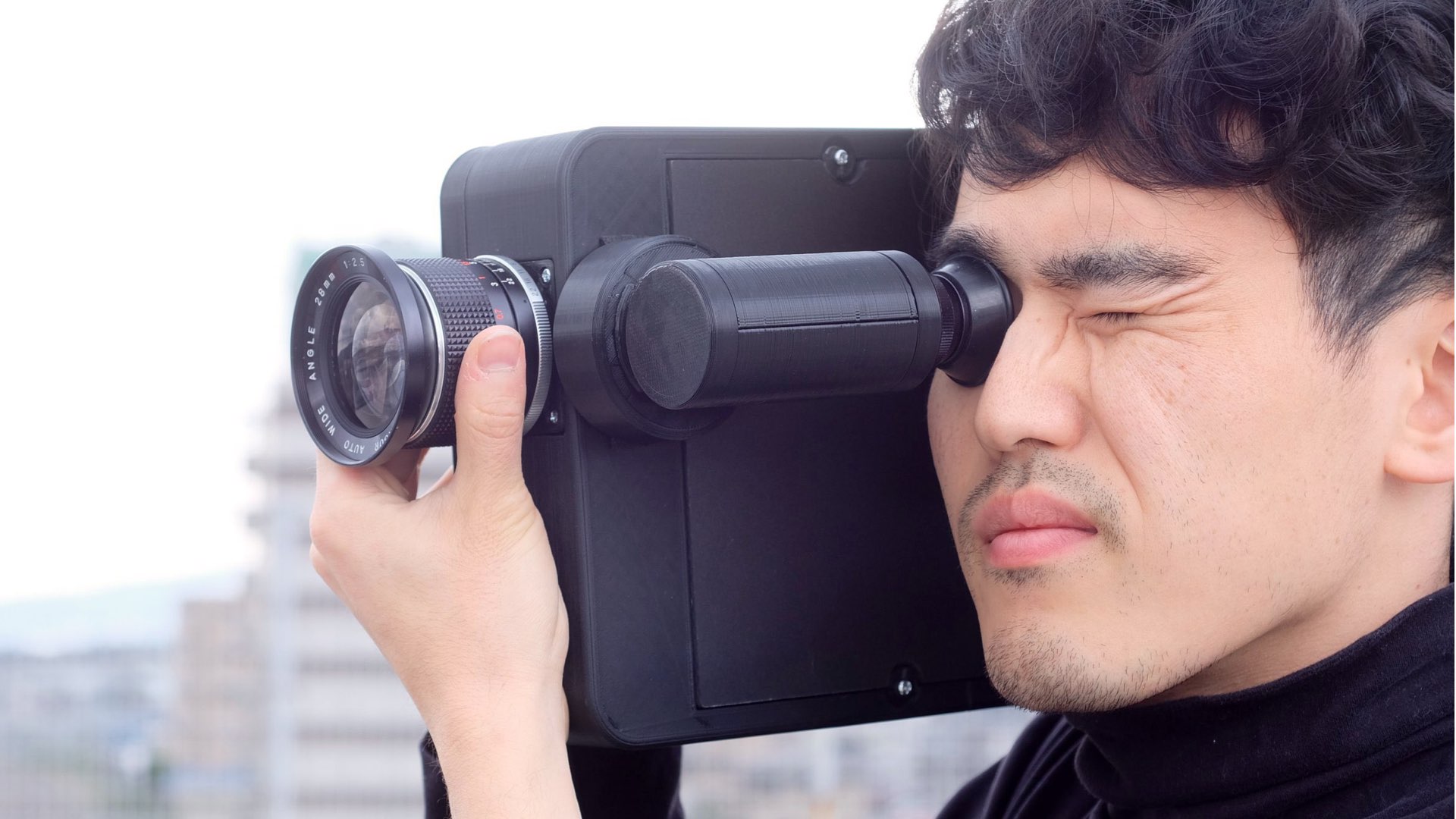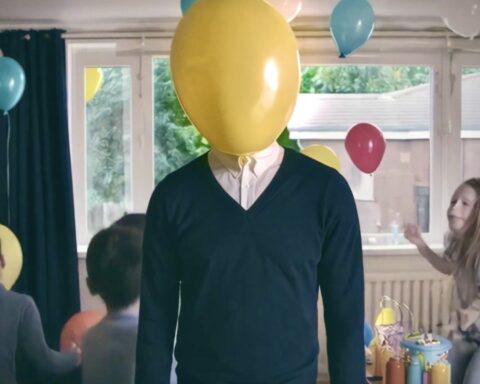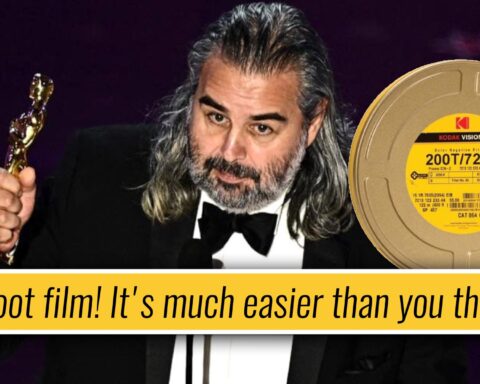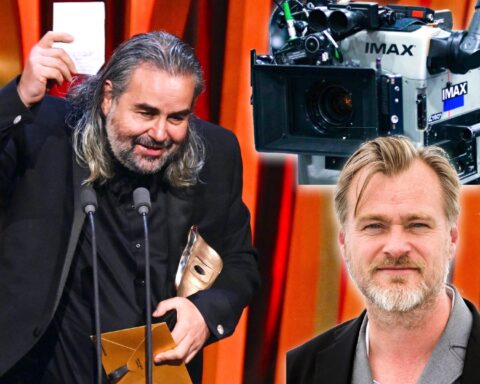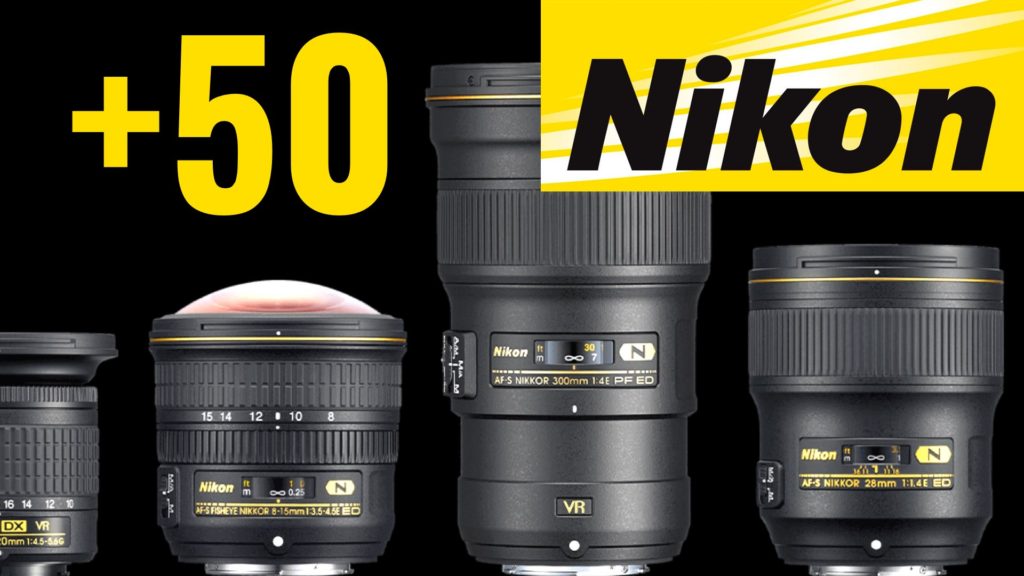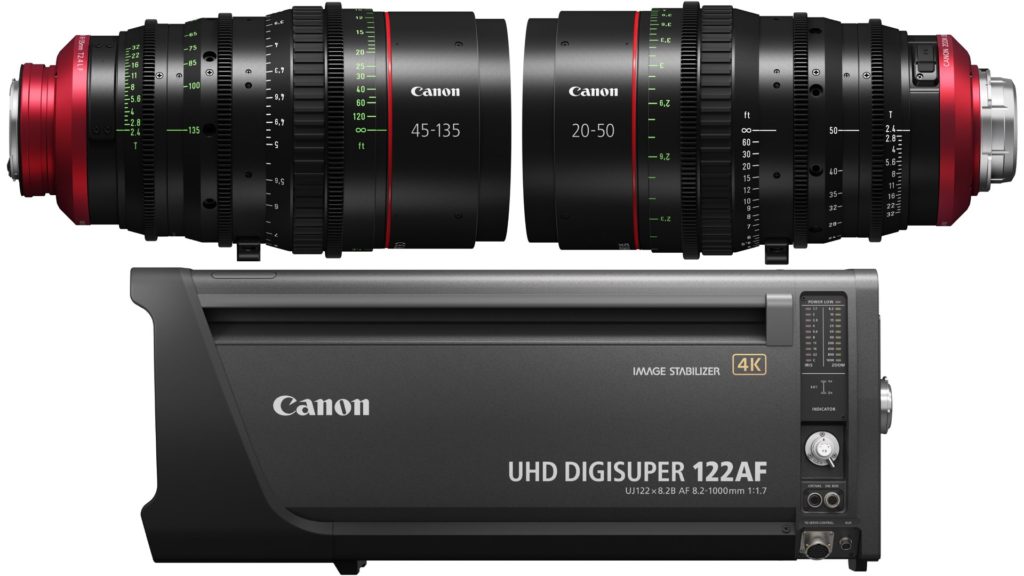Have you ever been thinking about building your own camera? Well, of course. However, have you ever been thinking about building your own motion picture 35mm film camera? Well, mechanical engineer Yuta Ikeya did it. And it works petty well. Watch this filmmaking marvel, 3D printed camera loaded with 35mm photographic film, and operates (almost) like an ARRIFLEX 🙂
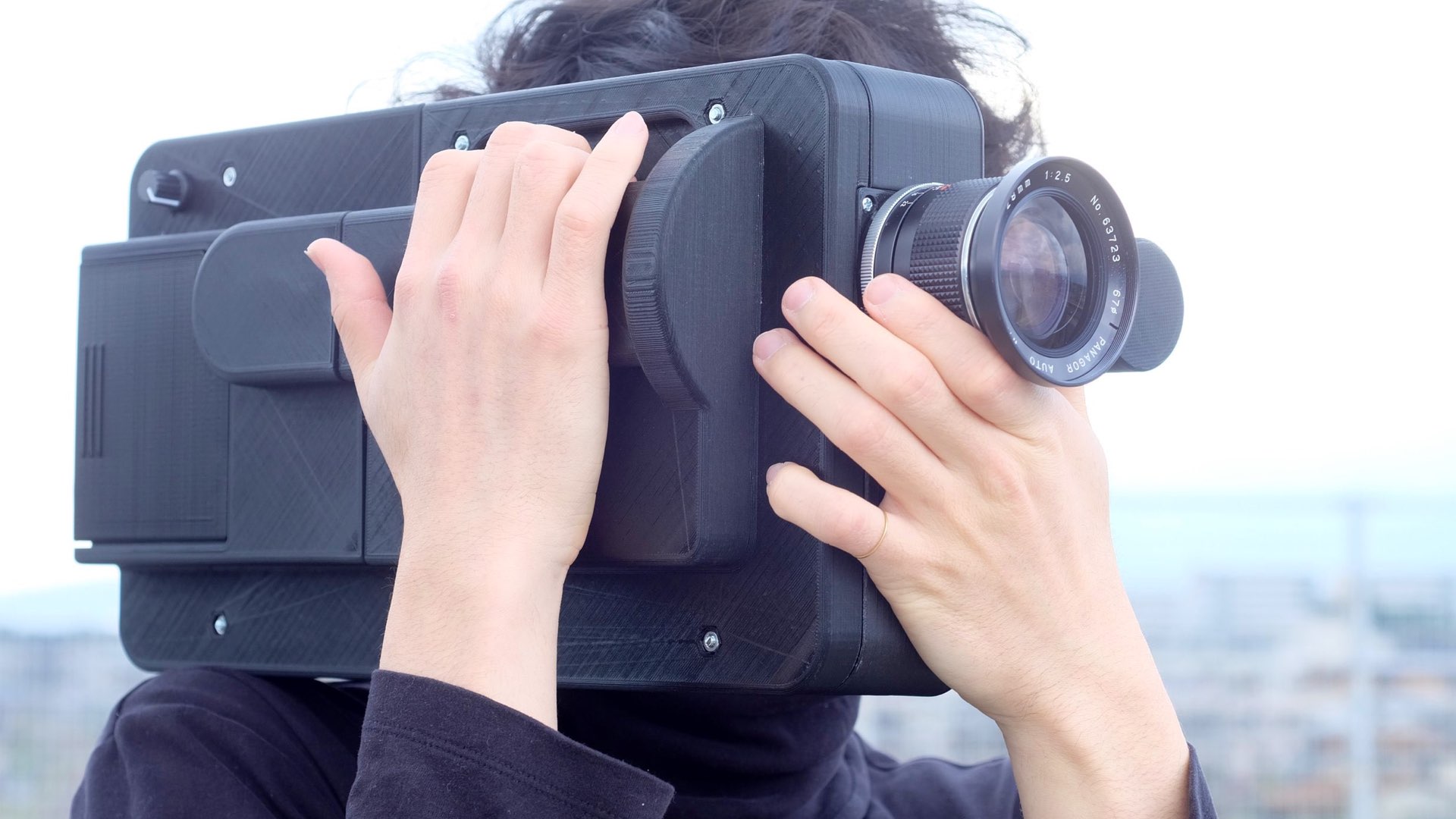
DIY 35mm motion picture camera
Yuta Ikeya, which is a designer and mechanical engineer, had a dream. “Can we enjoy analog movie-making more easily? Can we do that without investing in the expensive secondhand equipment and motion picture film stocks that you don’t know if your local lab accepts?” he asked himself. Hence, he has decided to pick up the gauntlet and build his own motion picture 35mm film camera. “I designed and built this camera mainly with 3D printed parts. You can load photographic 35mm film, or you may splice multiple rolls to shoot longer footage. This camera could be a good starting point for your analog movie-making experience” he says and adds: “Although this prototype is still not perfect, it opens up many possibilities of building an analog cinema camera by yourself”. “Let’s have a look.
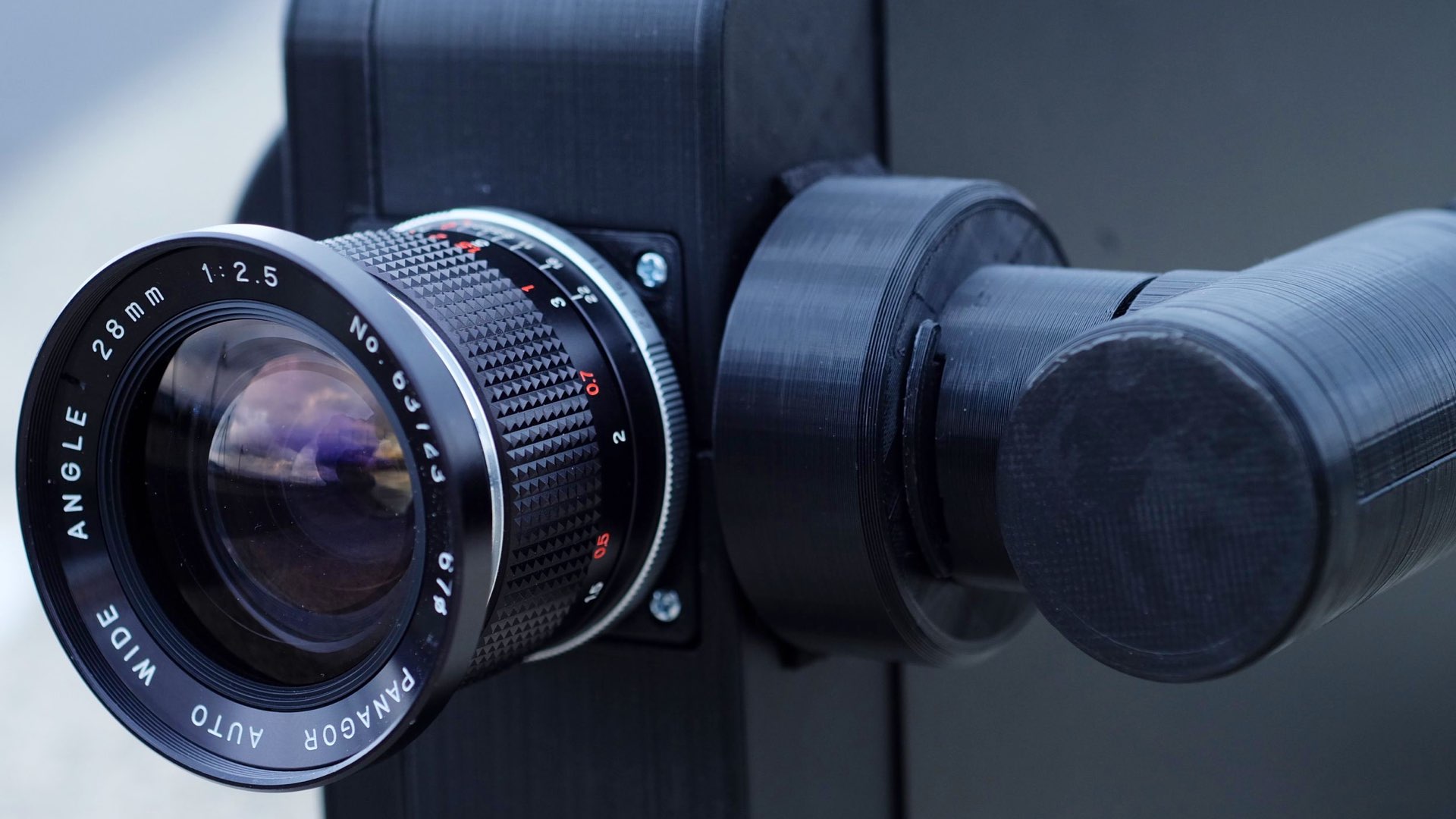
Can we enjoy analog movie-making more easily? Can we do that without investing in the expensive secondhand equipment and motion picture film stocks that you don’t know if your local lab accepts?
Engineer Yuta Ikeya
Description and goal
Yuta had a goal to create a new concept of an analog movie camera that is lightweight, affordable, and easy to use. “I designed this product to be the first step into the world of analog filmmaking. The user splices photographic 35mm film to make it longer and loads it into a dedicated cartridge to shoot short footage. By using easily available film (C-41) instead of professional motion picture film (ECN-2), the entire process is much easier to get started with”. Yuta elaborates. All the process (designing, modeling, manufacturing, assembling, and testing) has been conducted by Yuta. The project was initiated by his interest in analog cinematography. “I knew shooting a movie with film is insanely expensive. Even just trying it out felt too difficult due to not knowing people who do this, not knowing a lab to process film, and not having a proper gear first of all” Yuta explains. Furthermore, he says that Super 8 is relatively available and used widely by analog photographers/videographers, but its limited resolution makes the results difficult to achieve high quality. That was the reason to focus on photographic 35mm film.
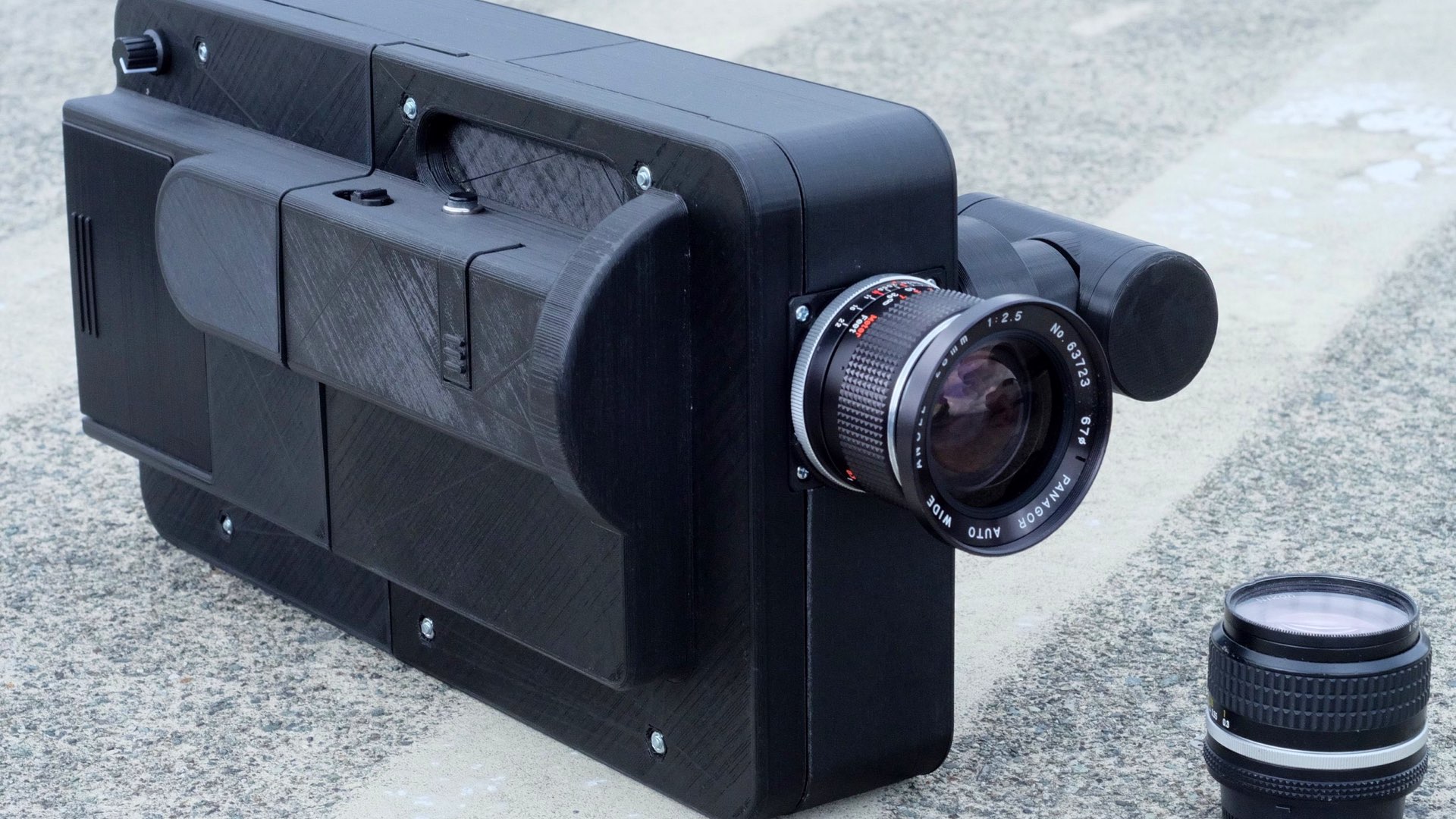
I designed and built this camera mainly with 3D printed parts. You can load photographic 35mm film, or you may splice multiple rolls to shoot longer footage. This camera could be a good starting point for your analog movie-making experience.
Engineer Yuta Ikeya
The process
After building a few prototypes to test different mechanisms of transferring the film intermittently, Yuta decided to go for the mechanically synchronized gear and cam mechanism driven by a single DC motor. The motor is controlled by Arduino. The light coming from the lens is split by the half mirror before the rotary shutter, allowing the shooter to see the real-time image through the viewfinder. This decreases the amount of light projected on the film, but it can be compensated by the high ISO of high-speed films. For this functional prototype, almost all the components are 3D printed in reinforced PLA. For those who are not familiar with how a film camera actually works, make sure to read our article that shows the precise operation inside a film camera with the help of ultra slow-motion footage (Look at the Beautiful Guts of a Film Camera at 1000fps With the Help of Phantom Flex4K).
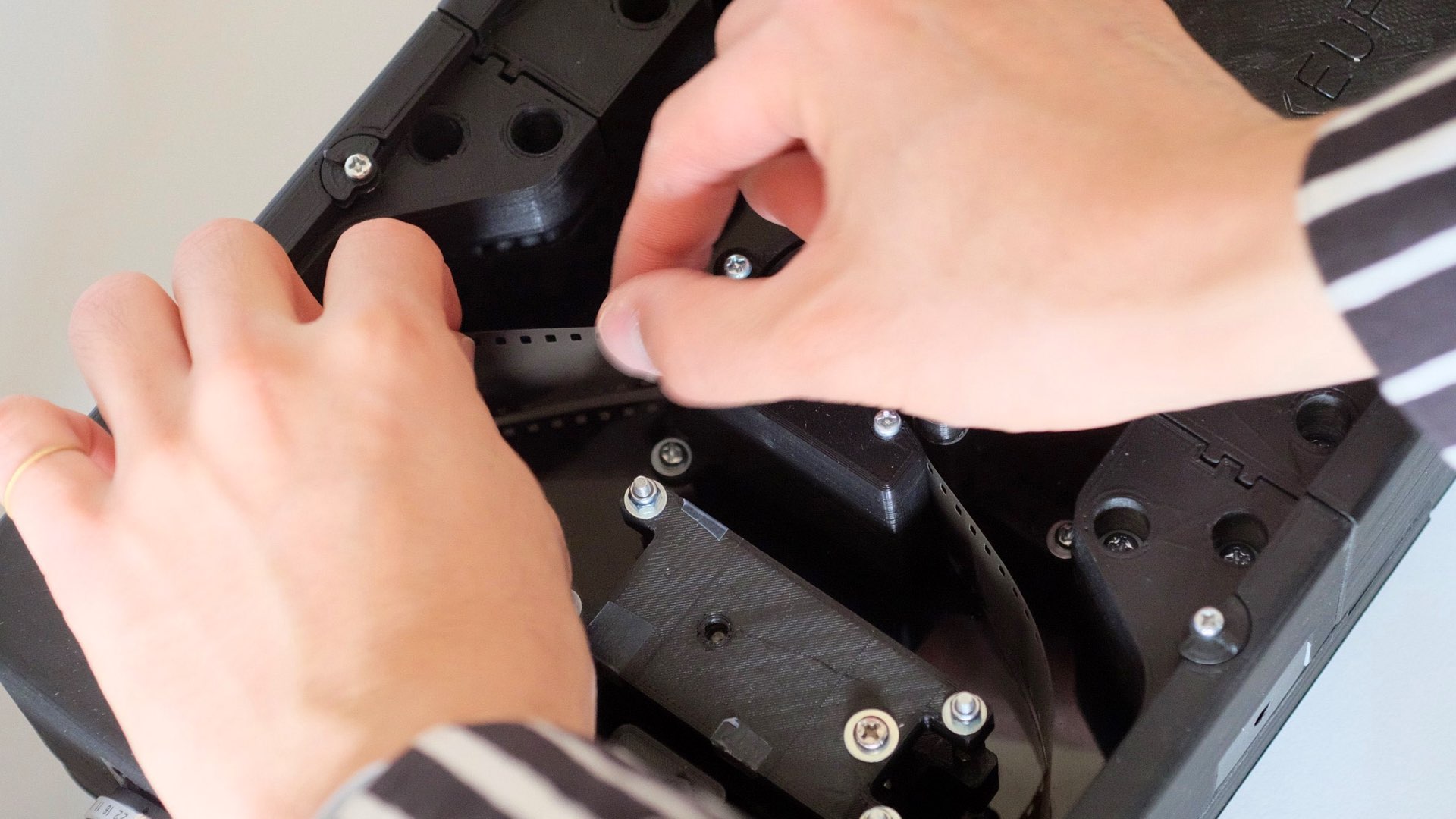
The user splices photographic 35mm film to make it longer and loads it into a dedicated cartridge to shoot short footage.
Engineer Yuta Ikeya
As for Yuta’s camera, check out the BTS below:
As for the final results of Yuta’s project, explore the video below:
Final thoughts
Although that is not accurate and sharp as an ARRIFLEX/ Aaton/ Panavision, Yuta’s motion picture camera can be defined as a marvel. The simplicity of smart engineering and design is just there, and that’s the brilliance behind it! Also, the footage looks pretty special. What are your thoughts about this?


